Composting is a great way for you to limit the amount of garbage that gets sent to landfills, and also helps to speed up the natural decomposition of organic matter. How much you can compost throughout the year depends drastically on where you live, for those of us who live in damp or cold climates during the winter months, cold air and moisture can bring the composting process to a standstill. Don’t worry! There are ways that you can keep on composting over the winter months:
Pre-Winter Preparations – Collect Lots of Leaves
![]()
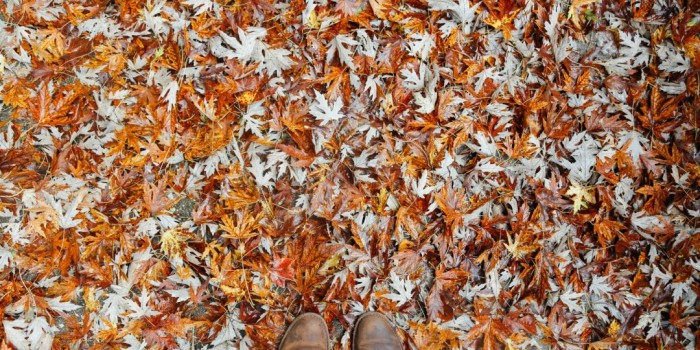
Leaves serve as a great “fuel” for your compost pile. When raking the yard be sure to save a bag or two of dry leaves for over the winter months, adding them to the pile whenever you add other organic matter. Dry leaves are great for keeping moisture to a minimum in your compost heap.
Insulate – Keep out the Cold and Moisture, Keep in the Heat!
![]()

As mentioned before, cold air and moisture slow down the microbes that break down organic matter, insulating your compost from the elements will prevent the process from slowing down. Covering your pile with a tarp, buying an insulated outdoors composting container, or (if you’re handy) build your own composting receptacle.
Make Sure To Add Plenty of Scraps Each Time
![]()
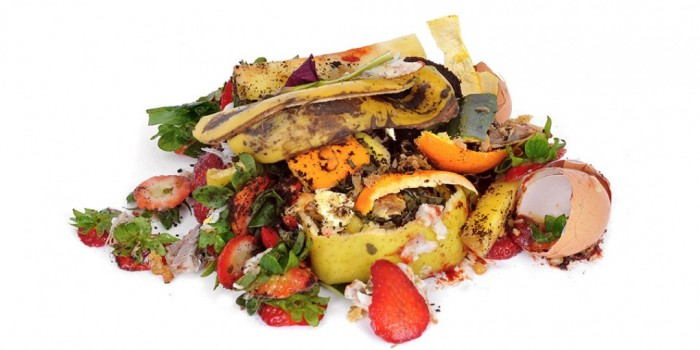
For the composting process to work you need to make sure you have a decent size pile to begin with, and to add larger amounts of scraps will allow the process to continue more efficiently. Set aside a larger bucket to fill up with food scraps during the winter months. Also the less you have to make a trip to the compost pile/bin in the winter the better!
Layering “Greens” and “Browns.”
![]()
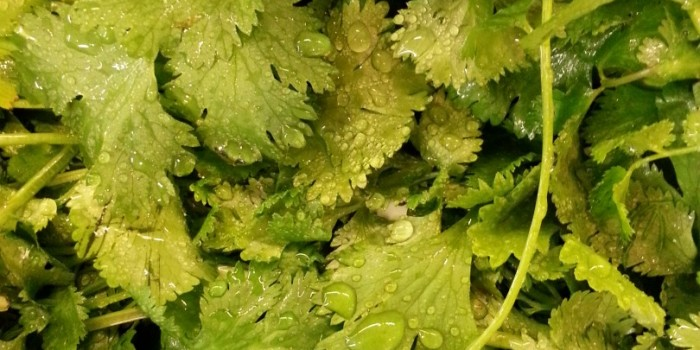
It’s all about balance = layering greens (kitchen scraps, fresh garden waste) with browns (dead leaves, straw, and newspaper) will make sure that there is an even amount of nitrogen and carbon. This ensures aeration and proper drainage to the bottom of the pile. Should your compost heap freeze during the winter months DO NOT rotate it, you will stop the heat generated at the centre if the pile, just keep on layering in this fashion once the warmer weather comes around the composting process will kick back into gear.
Shred Your Compost
![]()
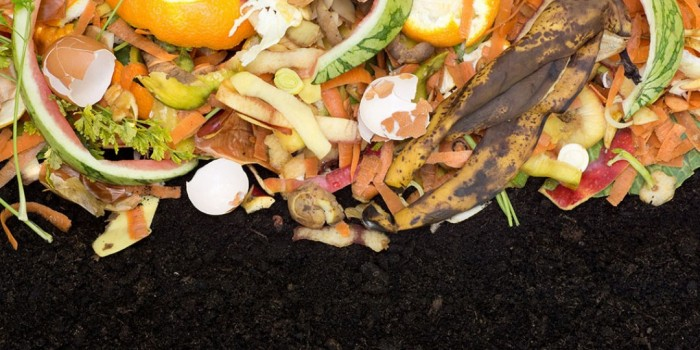
Be sure to cut scraps down to smaller pieces – the cold weather slows the composting process and shredding your scraps create a larger surface area for the aerobic microbes to do their thing. Set up a cutting board for your compost or be sure to chop food scrapes into smaller pieces beforehand.
What About Composting Indoors?
![]()
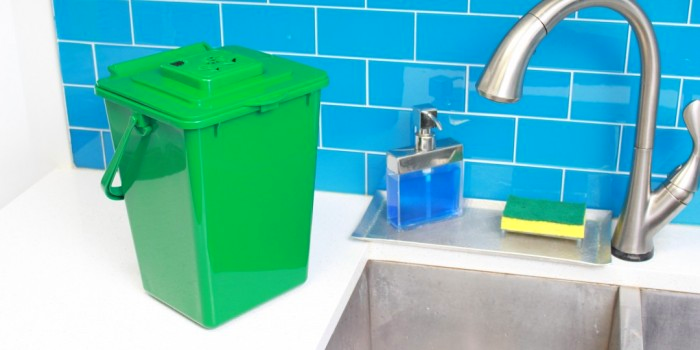
Indoor composting is the best way to keep cold air and moisture from entering your compost pile. The idea of composting indoors might not be that appealing to some (the smell!), but a worm composting system is an excellent remedy, not only is it an odorless and efficient system, it can also be kept in the garage or in a shed. If you don’t like the idea of having a worm composter in your house or business there are other options, Busch’s Waste Watcher series comes with the option of a vented lift lid – featuring a charcoal filter that traps the, ahem, “lovely” smell of compost and is completely worm free!
Post-Winter Maintenance
![]()
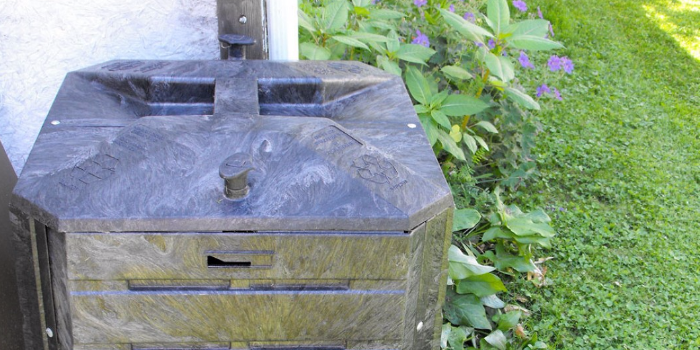
Phew! You’ve made it through another winter, pat yourself on the back. Now it’s time to get your heap of organic goodness ready for the warmer weather. If you’ve put too much “green” material into the compost pile be sure to brace yourself, it’s going to stink! The spring thaw will also create a surplus of moisture, turn or mix the pile and add more “brown” material to help soak up the excess. Hopefully, your diligence and patience through the winter months paid off, and you’ve got yourself an abundance of “black gold” for your garden.












